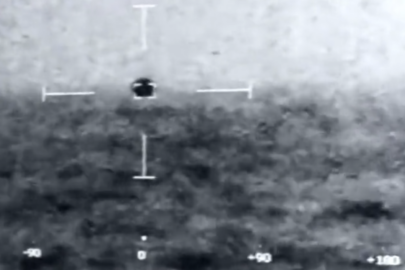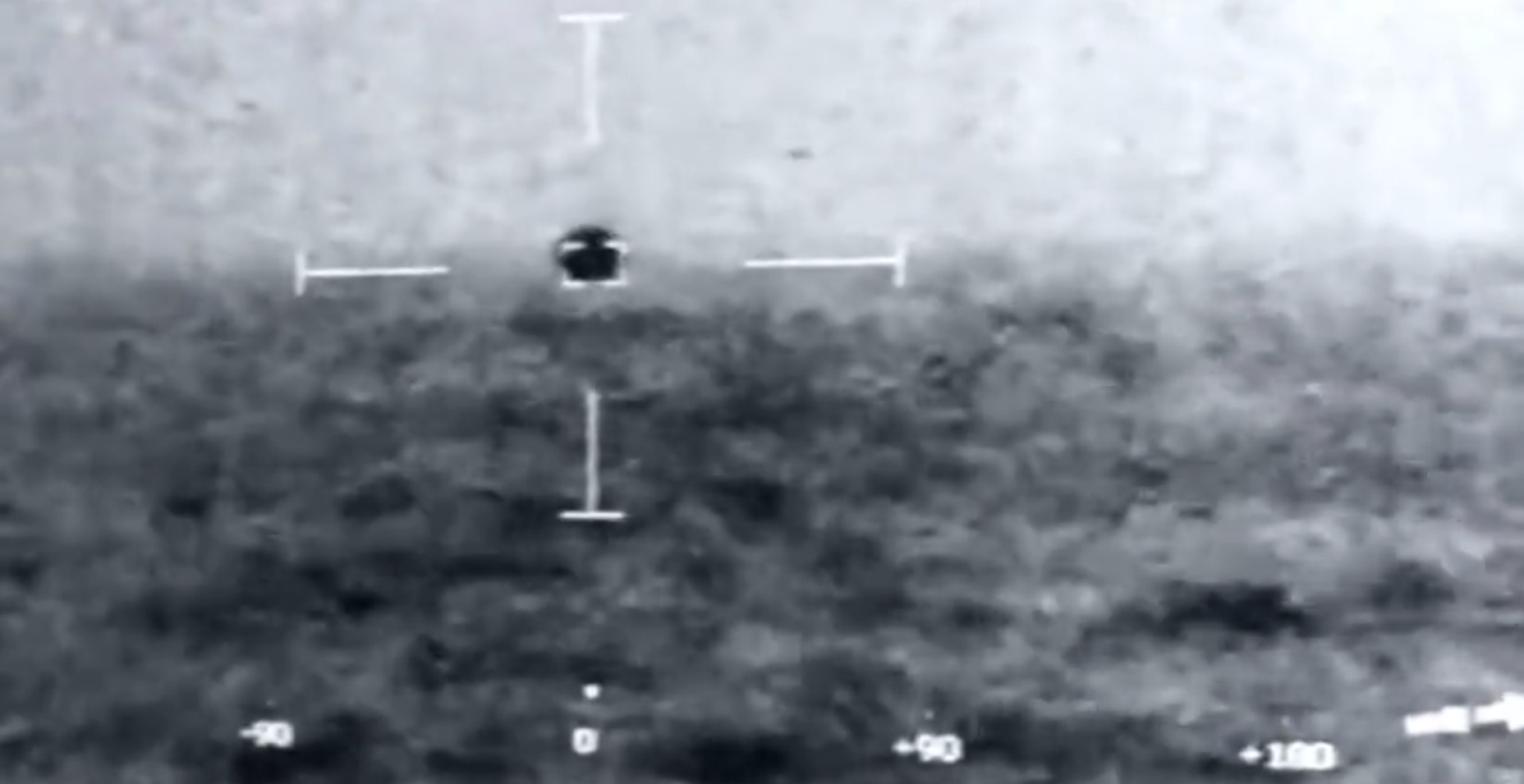What’s more dangerous than a nuclear warhead? An ultra-long-range missile capable of delivering that nuclear warhead to distant shores.
And now, that’s exactly what North Korea’s rogue communist regime has, making it the seventh country in the world to develop intercontinental ballistic missiles, or ICBMs.
On June 4, Pyongyang launched a Hwasong-14, the first successful test of its kind. State news agency KCNA claimed that the missile is capable of carrying a nuclear warhead.
The missile’s demonstrated range was more than 4,000 miles. “The successful test means that “North Korea can hit the United States with a nuclear weapon,” said Jeffrey Lewis, director of the East Asia non-proliferation program at the Middlebury Institute of International Studies at Monterey.
But it can likely go even further, perhaps reaching portions of the U.S. mainland. “This is far and away the longest range missile they’ve ever launched,” Lewis told Foreign Policy. Previous North Korean missiles were short- and intermediate-range rockets that could only hit nearby targets.
The successful launch places North Korea in an elite club along with the United States, China, Russia, and India, which have also developed land-based ICBMs. Britain and France, along with Russia, China, and the United States, operate similar missiles deployed in submarines.
Secretary of State Rex Tillerson called for “global action” and promised to “enact stronger measures” to deter the Hermit Kingdom from further launches. On Wednesday, the United States conducted joint military exercises with South Korea as a show of resolve in response to the test.
“Most nations that have ICBMs are concerned about distant threats,” said Joseph Bermudez Jr., senior imagery analyst at 38 North, a service that monitors North Korea. “Having the ability to hit targets five or six thousand miles away gives you the ability to deter a superpower.”
The United States is clearly the superpower that Pyongyang has in mind. North Korean state television declared after the test that the missile would “put an end to the U.S. nuclear war threat.”
The Trump administration has largely relied on China, North Korea’s largest trading partner, to exert pressure on Pyongyang to roll back its nuclear program. But Beijing’s efforts appear to have been half-hearted at best; trade between the two countries rose in the first quarter of 2017.
The United States does have a missile defense system based in Alaska specifically designed to shoot down ICBMs. Lewis didn’t seem fully reassured, however, noting that “there are some doubts as to whether it would actually work as desired.”
But the missile launch, while successful, does not indicate a fully operational system. For now, it remains a prototype.
“This is not a threat for today,” said Bermudez. “This is a threat that is emerging more quickly than we thought.”





































